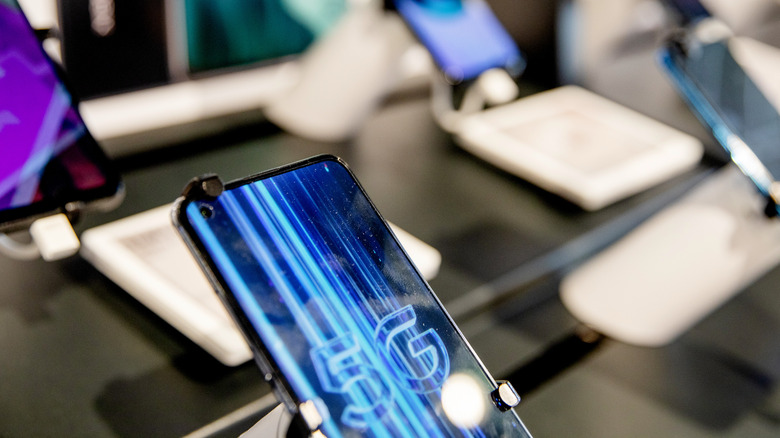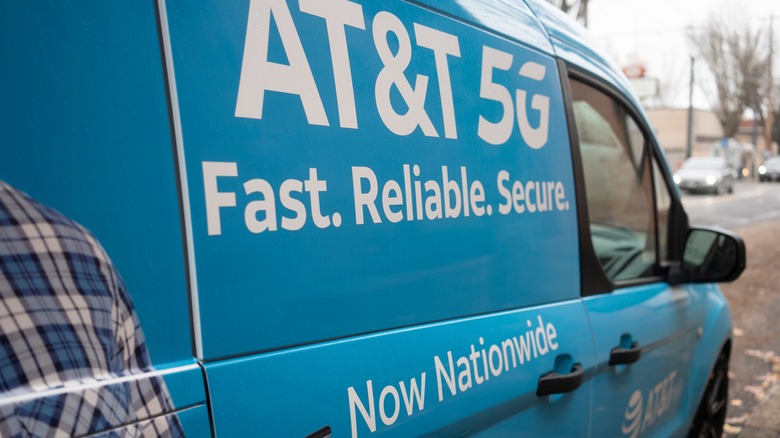Do You Need A 5G Phone?
Today's entry in our ever-expanding exploration of 5G connectivity checks the most basic question: Do I need 5G? This question can be answered by looking at the world's transfer from 3G to 4G, and 4G LTE. In short: There's a significant amount of time between now and the point at which you'll absolutely NEED your next smartphone to have the ability to connect to 5G data.
Do I need 5G now?
You do not need 5G connectivity right now. Just like the point at which we started transferring from 3G connectivity to 4G, the road is long, and your leeway is expansive. Mobile data carriers are advertising 5G in a big way right now – and will continue to do so – because the iPhone 12 was revealed to have 5G connectivity right out the gate.
SEE TOO: 5G sub-6 vs mmWave: What's the difference?
You do not NEED a smartphone with 5G connectivity because there is almost certainly no location inside the United States that'll have 5G without 4G. It's a safe assumption to make that you will never be in a place where your friend's 5G smartphone connects while your 4G phone has no connection (assuming they're on the same carrier).
It'll be several years at least before we see smartphones stop being released with less-than-5G connectivity. Though rare, we STILL see smartphones released today with 3G connectivity and no ability to connect to 4G. You are SAFE continuing to use your 4G smartphone.
Which phones have 5G?
A few smartphones from most of the major brands have 5G connectivity right now. That includes most of the major Samsung Galaxy smartphones, the newest iPhone 12 (and newer) devices, OnePlus 8 (and newer), Google Pixel 4a 5G (and newer), and a few others. Take a peek at our Which phones have 5G right now feature from earlier this month to see a more robust and full list.
Does my carrier have 5G?
It's very likely your mobile carrier of choice is invested in 5G in some way or another. The majority of the 5G coverage that's active today is sub-6, which means it's not all that much faster than 4G LTE, if faster at all. If you live in an area where your carrier has mmWave 5G, you'll find that 5G speed a WHOLE LOT faster than anything you'd see on 4G.
AT&T has an AT&T 5G coverage map you can check to see if you have 5G in your area. If you're looking for T-Mobile USA (and Sprint) you'll find your area in their T-Mobile 5G coverage map.
If you take a peek at the Verizon coverage map you'll get some insight into the various sorts of coverage you can expect across the United States. The Verizon map allows you to see how the carrier has 3G, 4G LTE, 5G Nationwide (that's their sub-6 5G), and 5G Ultra Wideband (that's mmWave) across the United States.
Verdict: You can wait
There is no significant drawback to purchasing a 5G smartphone right now, save the potential costs involved. If you find a better deal on a phone that seems to be cheaper only because it doesn't have 5G data, it's still an OK time to make that decision.
You CAN wait to buy a 5G smartphone now. They won't be shutting down your 4G data connection any time soon. We're talking years, here. At the same time, 5G isn't going away, so it's also a safe investment to make – so long as your device has both sub-6 and mmWave 5G right out the gate!




